The Application of FPC flexible circuit board led
Led flexible display unit – led soft module unit board, all have a certain degree of bending characteristics, which are related to the use of PCB circuit board production of raw materials have a major relationship. The conventional led display unit board uses an ordinary PCB circuit board, which is generally also referred to as a rigid circuit board. The intuitive feeling is a rigid board that does not have much bendable features.
The PCB circuit board thickness used in the conventional led display is generally 1mm, 1.2mm, 1.6mm, 2.0mm, etc. In most cases, the thicker the PCB thickness, the stability of the led screen product will be more reliable, and it is a hard board. The characteristics of a piece, the normal situation rarely use the arc design of the led display application solution inside.
Led soft module is mainly used in the application of cylindrical display, wave modeling, streamer modeling and other curved display with a certain degree of curvature of the led display application program, so the product’s bendable curvature is a very important feature. Today will not detail the led soft module products, mainly to share with you some of the knowledge of this PCB board-FPC flexible circuit board used by the soft module.
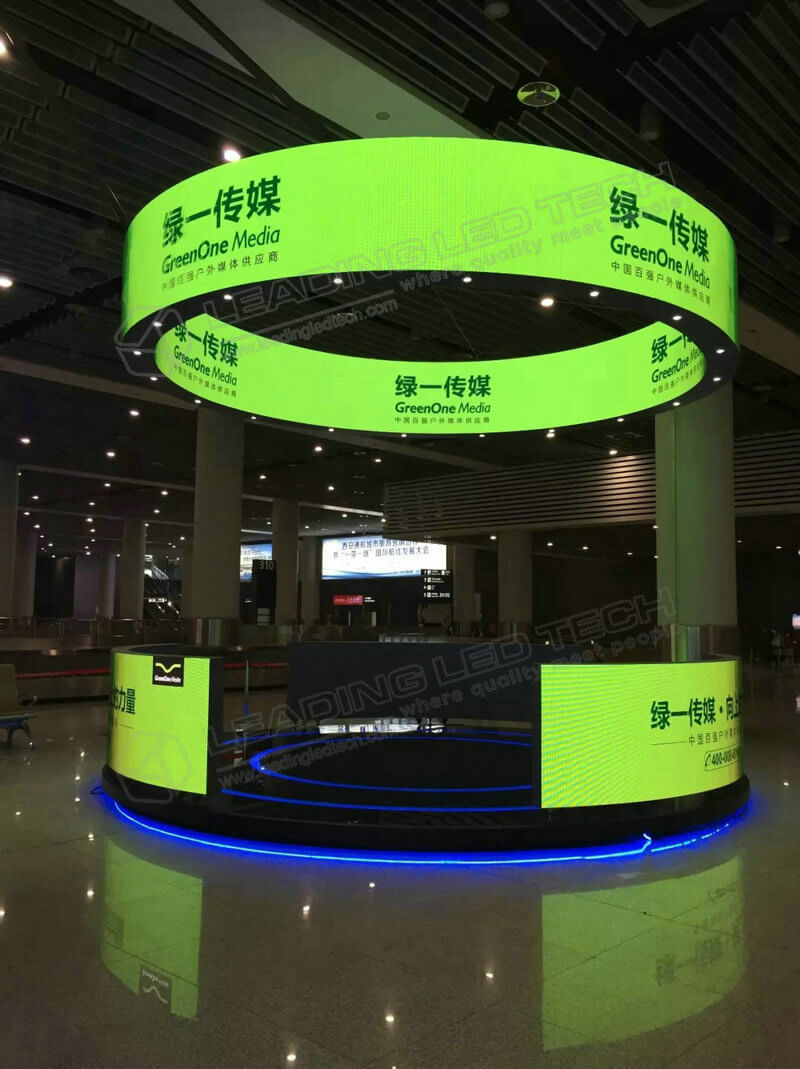
The most difference between Led soft module PCB material and conventional products
The Introduction FPC flexible circuit board
The FPC flexible circuit board is also the most important factor for the bending flexibility of the LED soft module. Understanding the characteristics of FPC materials and soft module products will also be deepened. Flexible Printed Circuit (FPC) is a highly reliable, flexible printed circuit board made of polyimide or polyester film. With high wiring density, light weight, thin thickness, good bending characteristics.
The applications of FPC flexible circuit board
Mobile phones, focusing on the light weight and thin thickness of the flexible circuit board, can effectively save the product volume, easily connect the battery, the microphone, and the buttons. Computers and LCD screens, using an integrated circuit configuration of a flexible circuit board, and a thin thickness. Digital signals are converted into screens and presented through a liquid crystal screen.
CD Walkman, focusing on the three-dimensional assembly characteristics and thin thickness of the flexible circuit board. Turning the huge CD into a good companion to carry with you; the drive, regardless of hard disk or floppy disk, is very dependent on the high flexibility of the FPC and Ultra-thin thickness of 0.1mm, complete reading data quickly. Whether it is PC or NOTEBOOK.
Newly used components, such as the suspension circuit (hard disk drive) of a hard disk drive (HDIR) and the XE package board. The wireless charging coil array concentrates the electromagnetic field in a certain area and reduces the space transmission consumption, thereby improving the power conversion efficiency. Of course, now also applied to led display applications inside.
Basic structure of FPC flexible circuit board
Copper foil, copper foil: generally divided into electrolytic copper and rolled copper. The thickness is usually 1oz 1/2oz and 1/3 oz. Substrates Films: Common thicknesses are 1 mil and 1/2 mil. Glue (adhesive): The thickness is determined according to the customer’s requirements. Cover film protection film (Cover Film).
Cover film protection film: Surface insulation. Common thicknesses are 1mil and 1/2mil. Glue (adhesive): The thickness is determined according to customer requirements. Release paper: Avoid adhesion of foreign materials before the adhesive is pressed. Easy to work on. PI Stiffener Film. Reinforcement plate: Strengthens the mechanical strength of the FPC to facilitate surface mounting operations.
The common thickness is 3mil to 9mil. Glue (adhesive): The thickness is determined according to customer requirements. Release paper: Avoid adhesion of foreign materials before the adhesive is pressed. EMI: Electromagnetic shielding film protects the circuit in the circuit board from external (strong electromagnetic or susceptible area) interference.
The advantages and disadvantages of FPC flexible circuit board
The advantages of multi-layer circuit boards are: high packing density, small size, and light weight, because high-density assembly and connection between components (including components) are reduced, thereby increasing reliability; adding wiring layers and increasing design flexibility; It can also constitute the impedance of the circuit. Can form a certain high-speed transmission circuit not only can set the circuit, electromagnetic shielding layer, but also install metal core layer to meet the special heat insulation and other functions and requirements; easy installation, high reliability.
Disadvantages (unqualified) of multi-layer PCB boards: high cost and long cycle time; high reliability test methods are required. Multi-layer printed circuit is the product of electronic technology, multi-function, high speed, small volume and large capacity. With the development of electronic technology, especially the widespread application of large-scale and ultra-large-scale integrated circuits, fine lines appear in high-speed, high-precision, and high-order multi-layer printed circuits with varying density.
Development prospects of FPC flexible circuit board
FPC will continue to innovate from four aspects in the future, mainly in:
1, thickness. The thickness of the FPC must be more flexible and must be thinner;
2. Fold resistance. The ability to bend is inherent in FPC. Future FPCs must be stronger and must exceed 10,000 cycles. Of course, this requires need better substrates.
3, Price. At this stage, the price of FPC is much higher than that of PCB. If the price of FPC goes down, the market will certainly be much broader. 4, the level of technology that meet various requirements, the FPC process must be upgraded, and the minimum aperture and minimum line width/line spacing must meet higher.
More detail info please contact us info@leadingledtech.com.


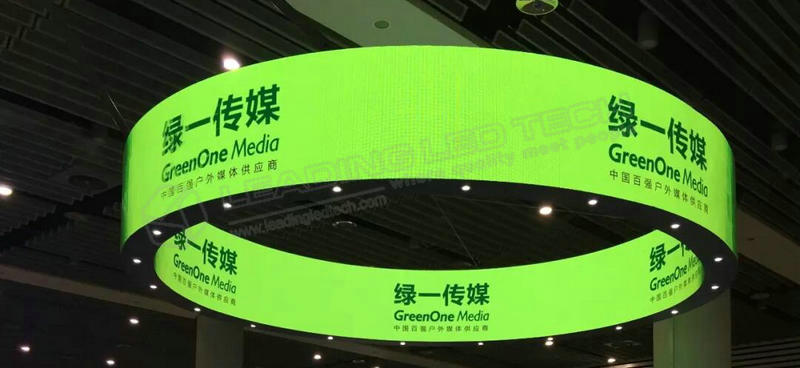
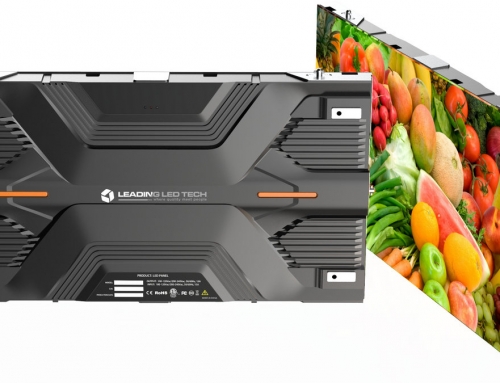
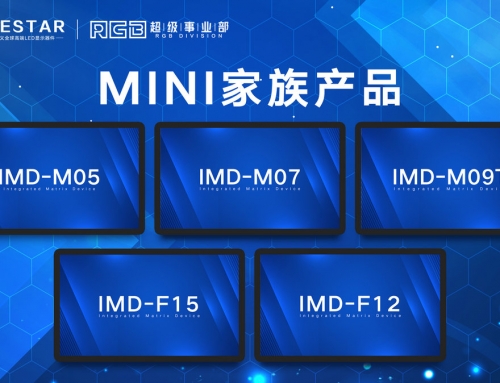
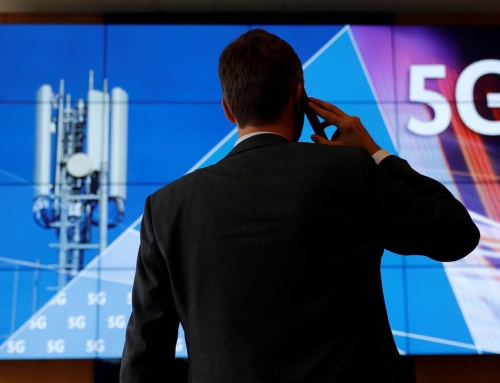
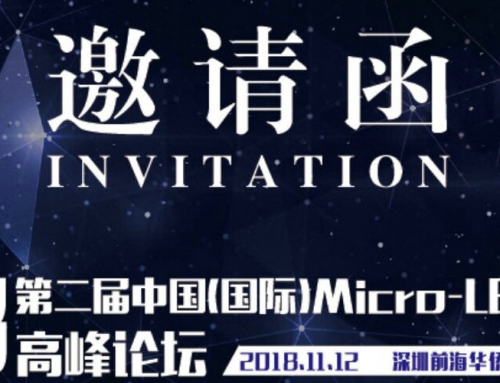
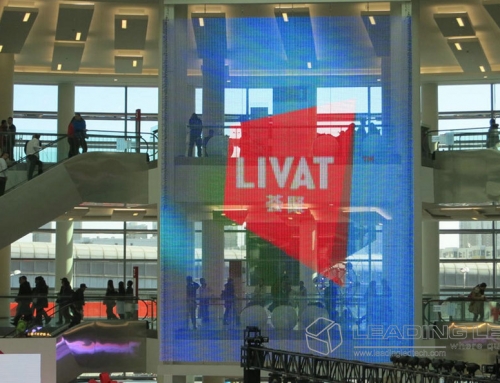
Leave A Comment
You must be logged in to post a comment.